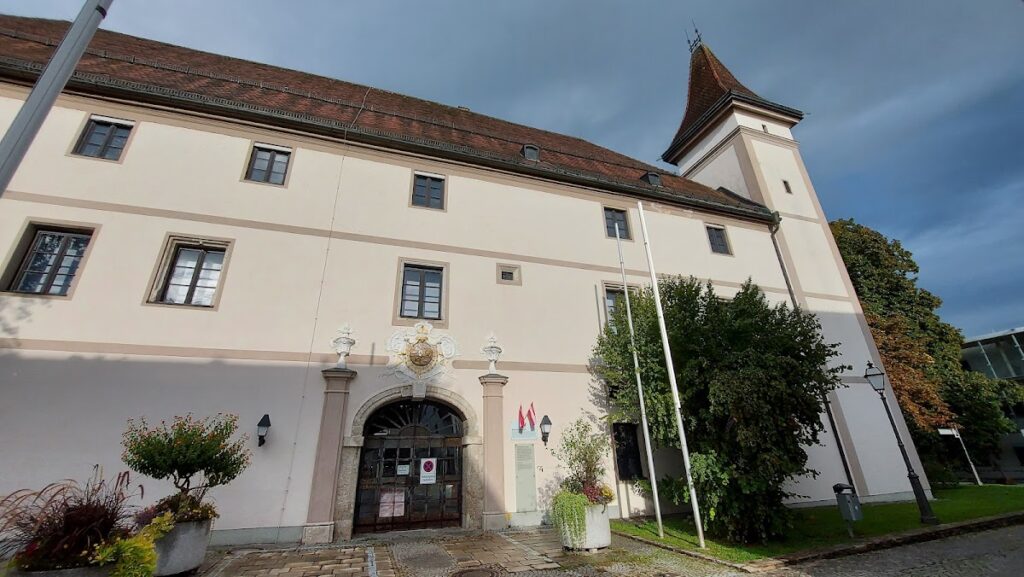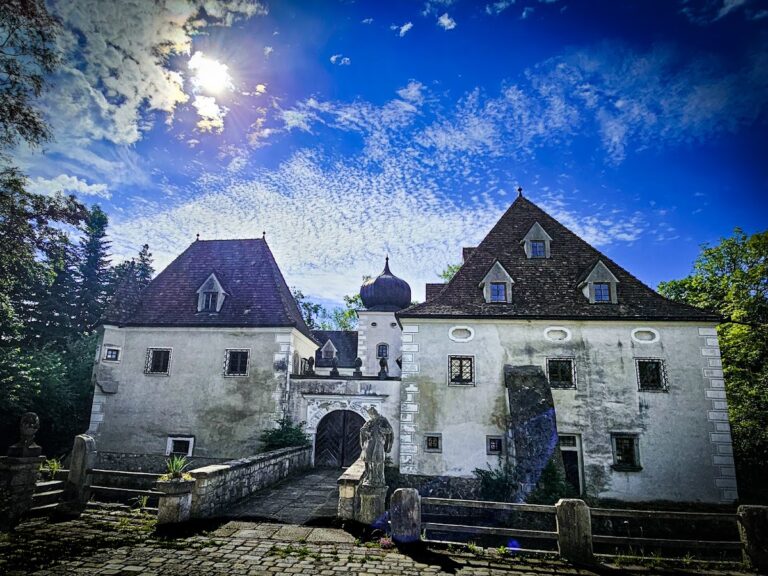Burg Wels: A Historic Medieval Castle in Austria
Visitor Information
Google Rating: 4.6
Popularity: Low
Google Maps: View on Google Maps
Official Website: www.wels.gv.at
Country: Austria
Civilization: Unclassified
Remains: Military
History
Burg Wels, situated in the town of Wels in modern-day Austria, was originally built by the early medieval inhabitants of the region. Its earliest incarnation dates back to the year 776 when it was established as a wooden fortification designed to safeguard the settlement against invasions from the Avars, a nomadic people who threatened this part of Europe during that era.
During the 12th and 13th centuries, the castle underwent significant transformation as stone structures replaced the original wooden defenses. By the late 9th century, Burg Wels was recognized as a royal court castle—called curtis regia—under Carolingian rule. The fortification survived the Hungarian raids of the 10th century and came under the influence of local noble families such as the counts of Wels and Lambach around the turn of the first millennium. Subsequently, it passed into the hands of the Formbach counts and in 1158 was acquired by Margrave Ottokar III of Steyr.
The Babenberg dynasty assumed control of the castle in 1186, and by about 1220, Duke Leopold VI had secured parts of its holdings. Throughout the Middle Ages, the castle maintained a degree of autonomy, administered by appointed bailiffs rather than direct noble residency. A notable event in its history occurred in 1235 when Emperor Frederick II marked his engagement within its walls. The castle also served as a regional meeting place under the reign of Przemysl Ottokar.
Ownership of Burg Wels changed hands several times over the following centuries. In 1362, it was pledged to Eberhard von Wallsee, followed by administration entrusted to other caretakers from 1454. In the mid-16th century, a promise was made to Weikhart von Polheim, and later the Weiss von Würting family held the castle from 1598 until 1623. Emperor Maximilian I was a frequent visitor, especially for hunting expeditions, during which he expanded the complex in the late Gothic style between 1504 and 1514. Maximilian I ultimately passed away at Burg Wels in 1519.
In 1654, the castle’s status was elevated to that of a county under Johann Weikhard, Prince Auersperg. By 1750, the area governed from the castle included nearly 1,450 subjects. The Auersperg family maintained possession until 1865, when Ludwig Hinterschweiger purchased it and added an eastern wing to accommodate a margarine factory. Around the turn of the 20th century, ownership transferred to the Blaimschein family. Since 1937, the city of Wels has held the property, repurposing it primarily for cultural and museum uses.
Remains
Burg Wels is positioned in the southeastern section of Wels’ historic center, originally accessed by crossing a surrounding moat, which has since been filled in. The castle’s layout once featured four wings built in the Gothic style, although today only the south and west wings remain intact. These surviving structures face a garden that fronts the building, providing a connection between the castle and its outdoor space.
The roof is characterized by a steep and high pitch that complements the Gothic architecture. On the courtyard side of the south wing, there is an oriel window—the elevated bay window supported from below—which reflects late Gothic design. While this window draws comparisons to the famous Golden Roof in Innsbruck, it is smaller and simpler in its decoration. Towards the west wing, Renaissance pergolas stand on the courtyard side, a distinctive and rare architectural element in Upper Austria, signaling the castle’s evolving style across periods.
Within the west wing, original Gothic door jambs and window sills have been preserved. This wing also contains a historically significant first-floor chamber where Emperor Maximilian I died; this room is now included in the museum circuit hosted at the castle. The east wing originated much later, built in the 19th century as an addition for industrial purposes tied to the margarine production. Above the court entrance archway hangs the imperial coat of arms, marking the building’s royal associations.
Along the north wall of the west wing and enclosing the garden’s western side is a lapidarium featuring gravestones and monuments dating from the 15th through the 19th centuries. These stone relics were relocated from local churches and cemeteries, providing a historical record of regional funerary art within the castle’s grounds. The entire site is legally protected as a historic monument by the Republic of Austria, ensuring the preservation of its architectural and cultural legacy.










